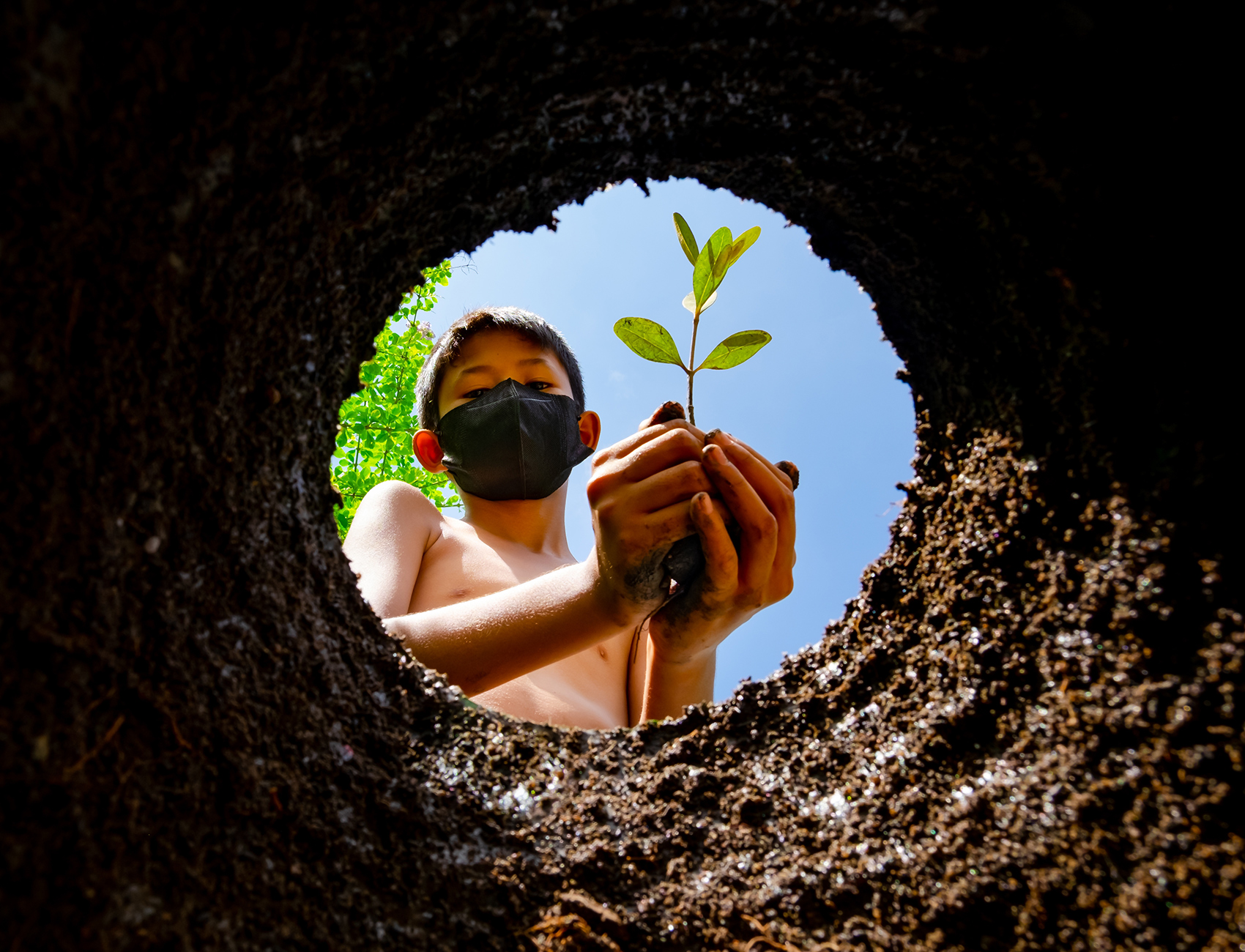
The contest winner, Stephanie Lamma Ewi of Cameroon, chosen by popular vote on the Agora app, in a video submission showcased her work with the African Climate Reality Project on strengthening citizen engagement through capacity-building programmes as well as hands-on action campaigns. She is featured in this compilation of finalist videos. All entities referenced in the video are organizations that submitted videos for consideration in the contest.
Action is contagious, it can inspire and spur the collective change we need to tackle the climate crisis.
We asked people around the world to show us what action they are taking to address climate change.
The #MyClimateAction photo contest conducted by Agora – a mobile app hosting worldwide awards – gathered thousands of images from around the world, in support of the UN’s ActNow campaign. ActNow is a call for individual action on climate change and sustainability, encouraging citizens to be part of the solution. The finalist photos selected by Agora and presented here shine a light on steps being taken by people everywhere, showcasing solutions and inspiring change.
Are you committed to climate action? Join the ActNow campaign to take steps towards transitioning to a low-carbon world and speak up and demand action from governments and businesses.
“Leaders must lead. But all of us can do our part.”
- UN Secretary-General António Guterres

Caring for the forest is a form of our love for the Earth. Photo/Rahmad Hidayat (Indonesia)
FACT#1
The wealthiest bear the greatest responsibility. The combined greenhouse gas emissions of the richest one percent of the global population are larger than those of the poorest 50 percent. (Source: UNEP)
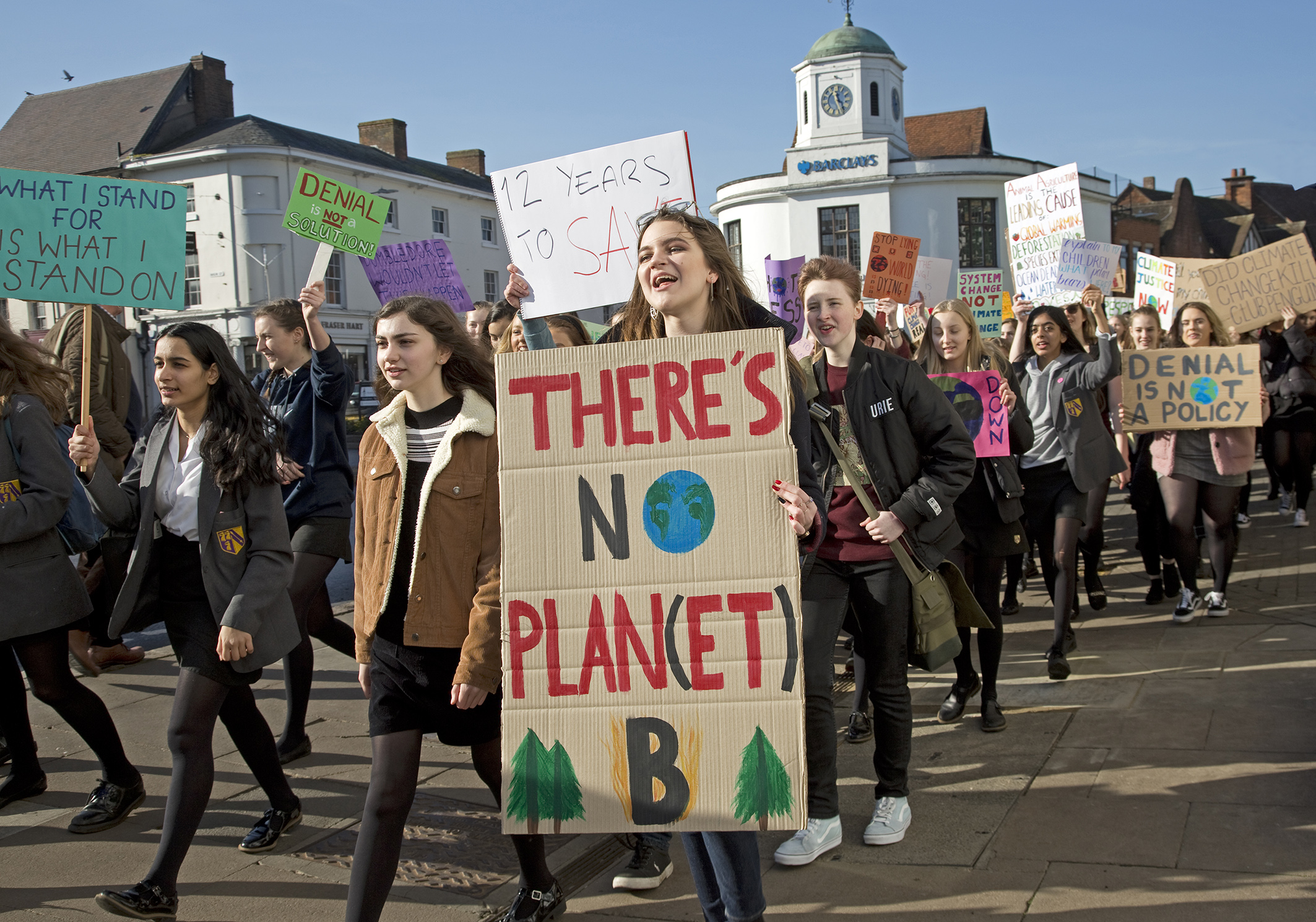
Young people march through the centre of Stratford-upon-Avon, UK, calling for urgent action on the climate crisis. Photo/Mark Boulton (United Kingdom)

Sunday Geofrey works with indigenous Mbororo women to find ways to build communities’ resilience and mitigate the effects of the climate crisis. Photo/Sunday Geofrey (South Africa)

Thousands of flamingos and seabirds have died in the Caspian Sea in northern Iran due to botulism, a rare but serious illness caused by a toxin that attacks the body's nerves. Photo/Mohammad Hossein Moheimani (Islamic Republic of Iran)

A Chilean researcher working with European partners on a project to develop solar technologies in Chile’s Atacama Desert. Photo/Delfina Muñoz (Chile)

Children in a mustard field, holding the fragile Earth which their future depends on. Photo/Chinmoy Biswas (India)

The future of energy, embracing sustainable and renewable sources like solar power. Photo/Maxime Pontoire (France)

Teach that the Earth is your future and that caring for the environment is caring for yourself. Photo/Heather Wilson (United States of America)

Planning and zoning allow indigenous communities to assess the impacts of climate change and make decisions about the sustainable use of their land. Photo/Thomas Oni Veriasa (South Papua, Indonesia)
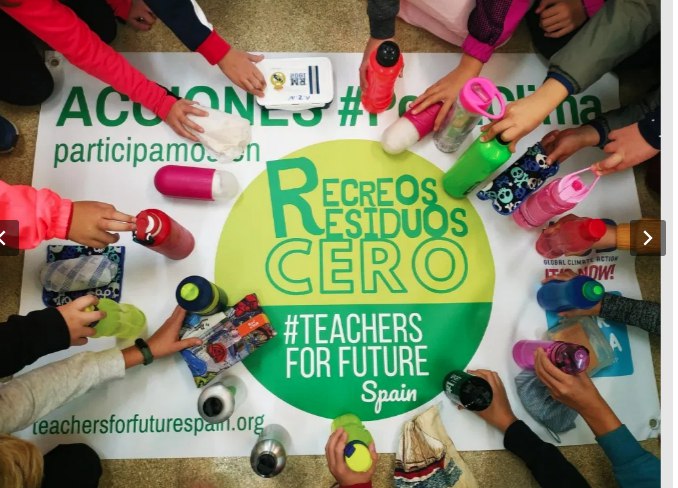
Teachers for Future mobilize their students for climate action. Photo/Teachers for Future (Spain)

Climate justice activists calling for a stop to the funding of fossil fuels and for putting people over profit. Photo/Ulrich Steenkamp (South Africa)

Portraits of people working for sustainability in the Southern Italian region of Abruzzo. Photo/Jonny Guardani (Italy)

We do not inherit the Earth from our parents. We borrow it from our children. Photo/Clement Eastwood (Ghana)

Recycle the present, save the future – promoting recycling with catchy designs. Photo/Txus Angulo (Spain)
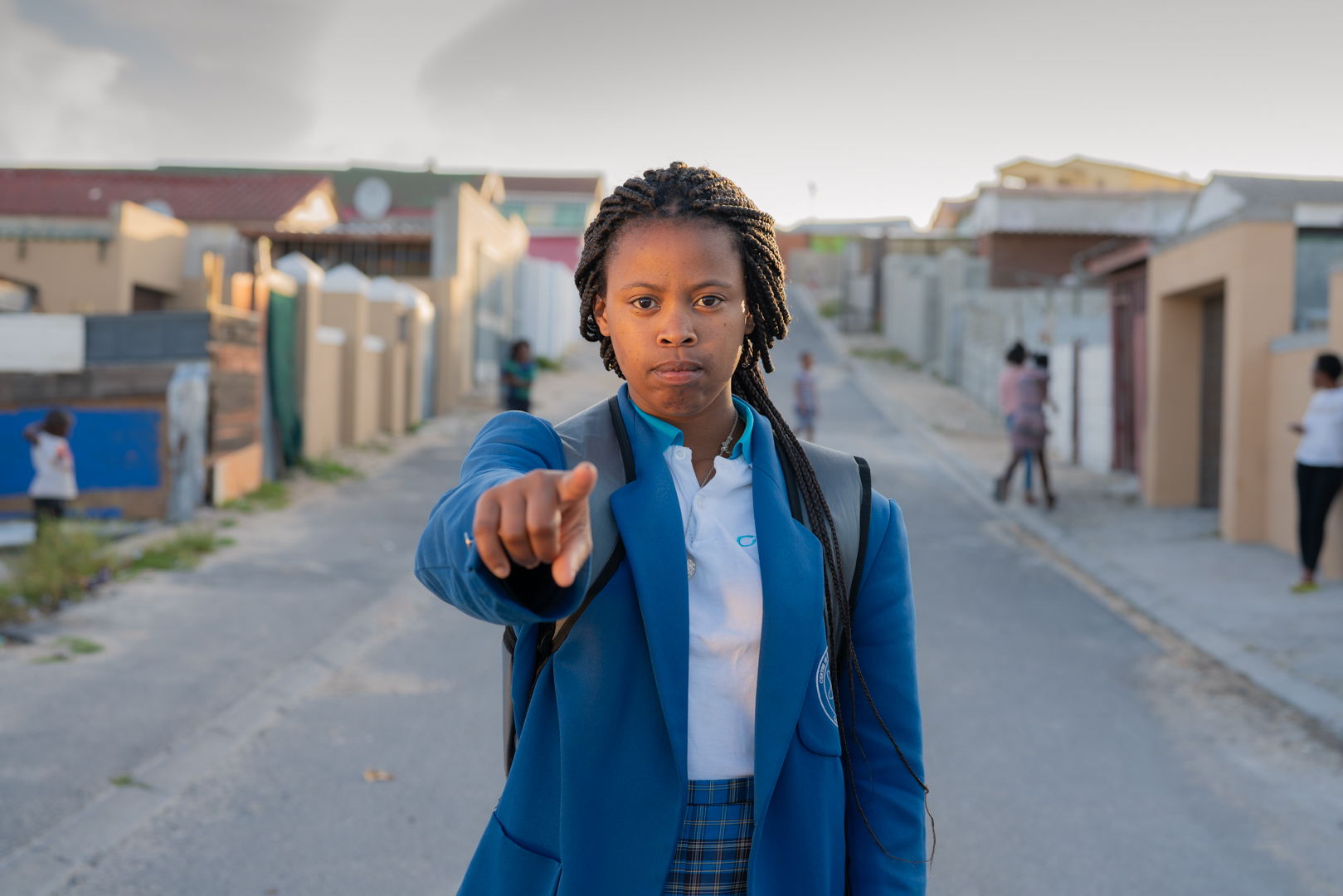
Lisakhanya Mathiso, a climate activist and youth leader for the African Climate Alliance. Photo/Lisakhanya Mathiso (South Africa)

Judith Chandia in Uganda, teaching 3-to-9-year-olds about climate change. They enjoy listening to stories about the Earth and the environment. The boy standing up, Kakooza Francis, wants to become an engineer to work for a healthier planet. Photo/Judith Chandia (Uganda)
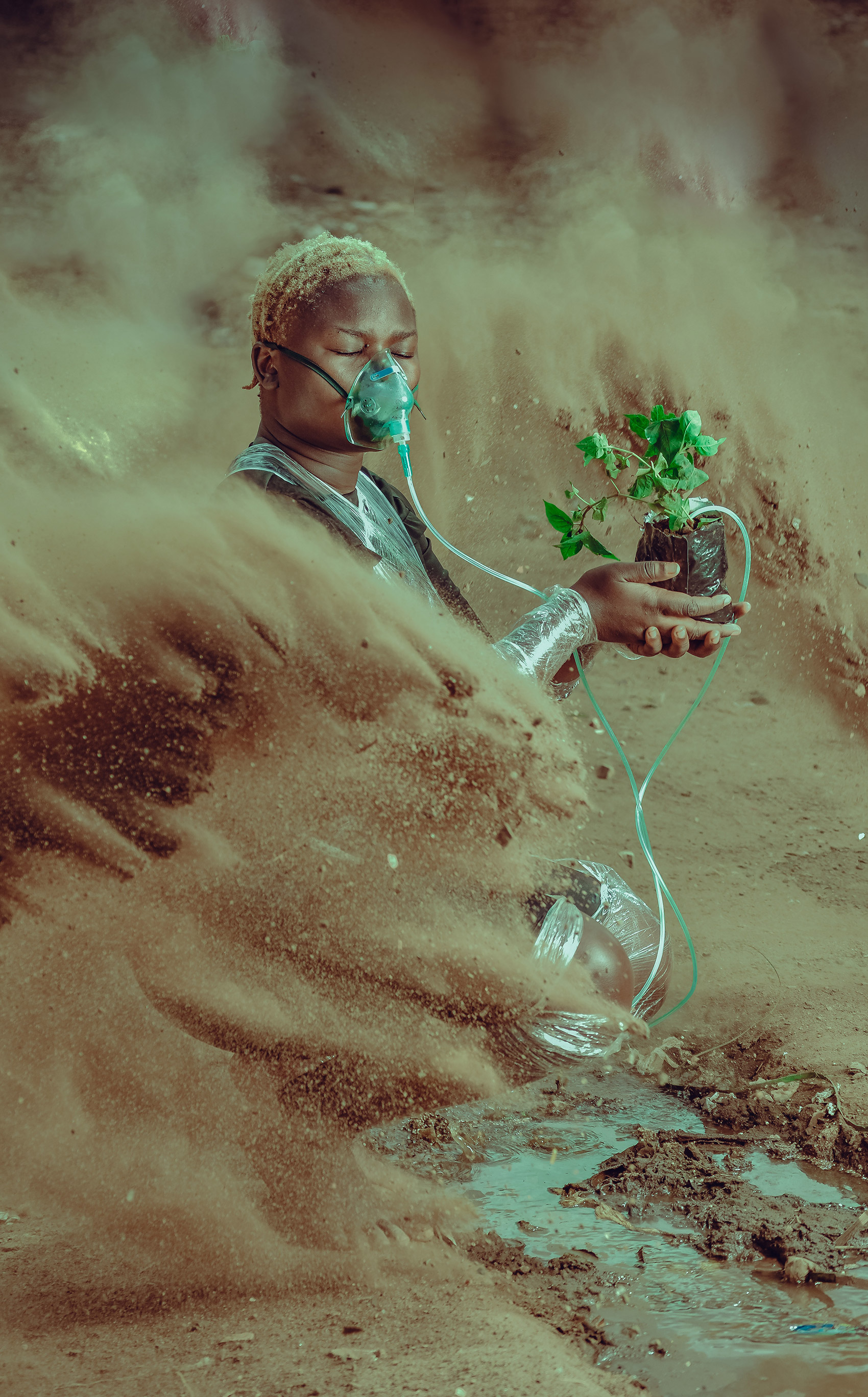
Climate change is happening, and pollution is increasing. Let’s act now. Photo/Faith Awuor (Kenya)

The Sao Mai solar power plant in Viet Nam is spread over an area of 275 hectares with 300,000 solar panels with a yearly capacity of more than 302 million KWh. The project was completed at the end of 2020. Photo/Catalin Chitu (Viet Nam)

Humanity is on a path to self-destruction. It is up to us to start acting with love, hand in hand. Photo/Paula Aranoa (Argentina)
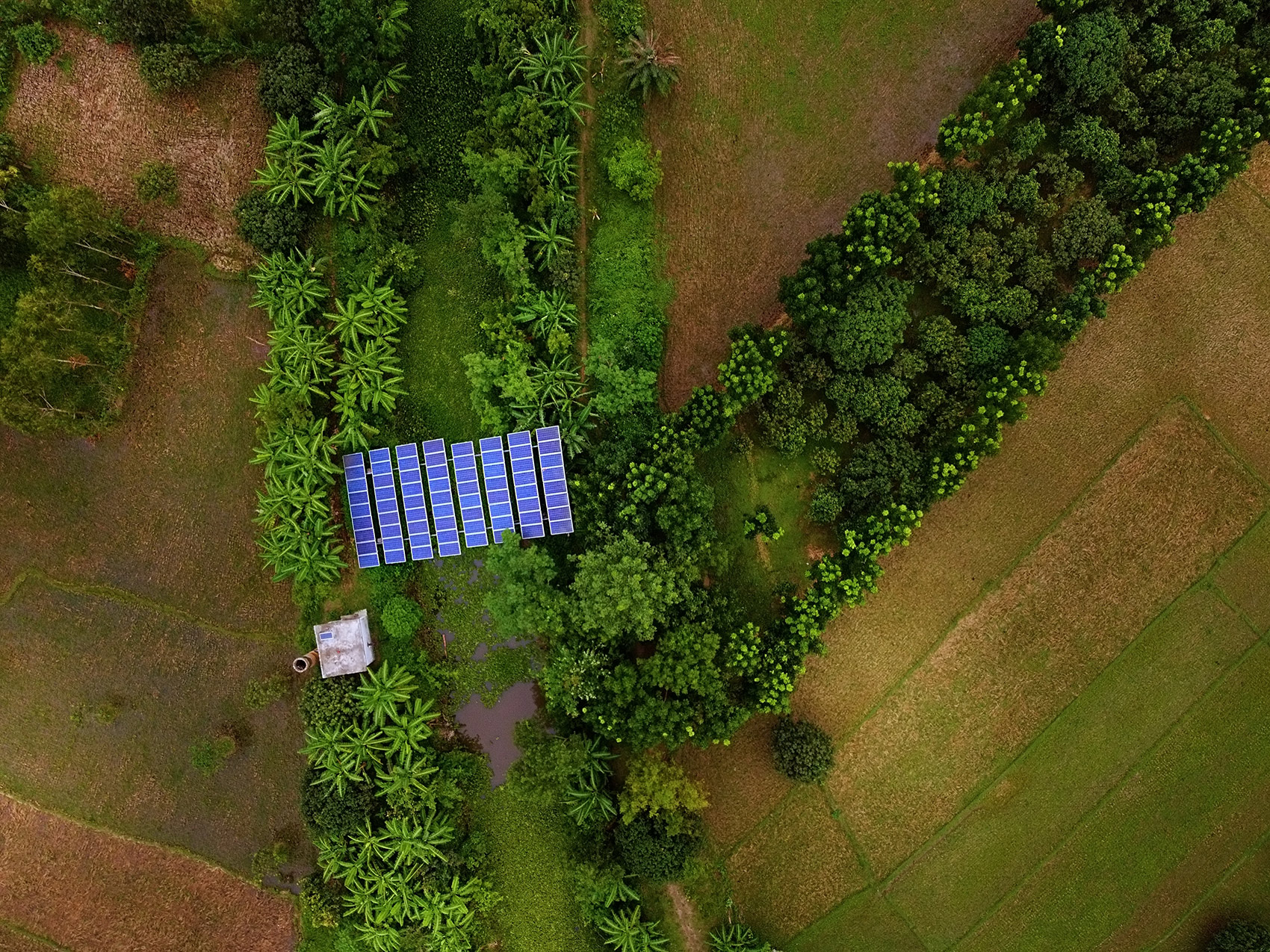
A solar-powered water supply for irrigation in Bangladesh. Photo/Md Imrul Kayes (Bangladesh)

In the high coastal mountains of the Sierra Nevada de Santa Marta in northern Colombia, the survival of the people depends on the health of the ecosystem and the local products grown. Photo/Luís Germán (Colombia)

Risper Asembo works on bringing climate literacy to schools and fighting for the voiceless and the marginalized. Photo/Risper Asembo (South Africa)

Empty bottles used as part of a construction project in Ecuador. Photo/Maria Angela Serrano (Ecuador)

Inside Out Project – SOS Amazonas gathered images and messages from people across Colombia expressing their views on the climate crisis. The resulting photographs were displayed in public places in Bogotá, Colombia. Photo/Juanita González (Colombia)
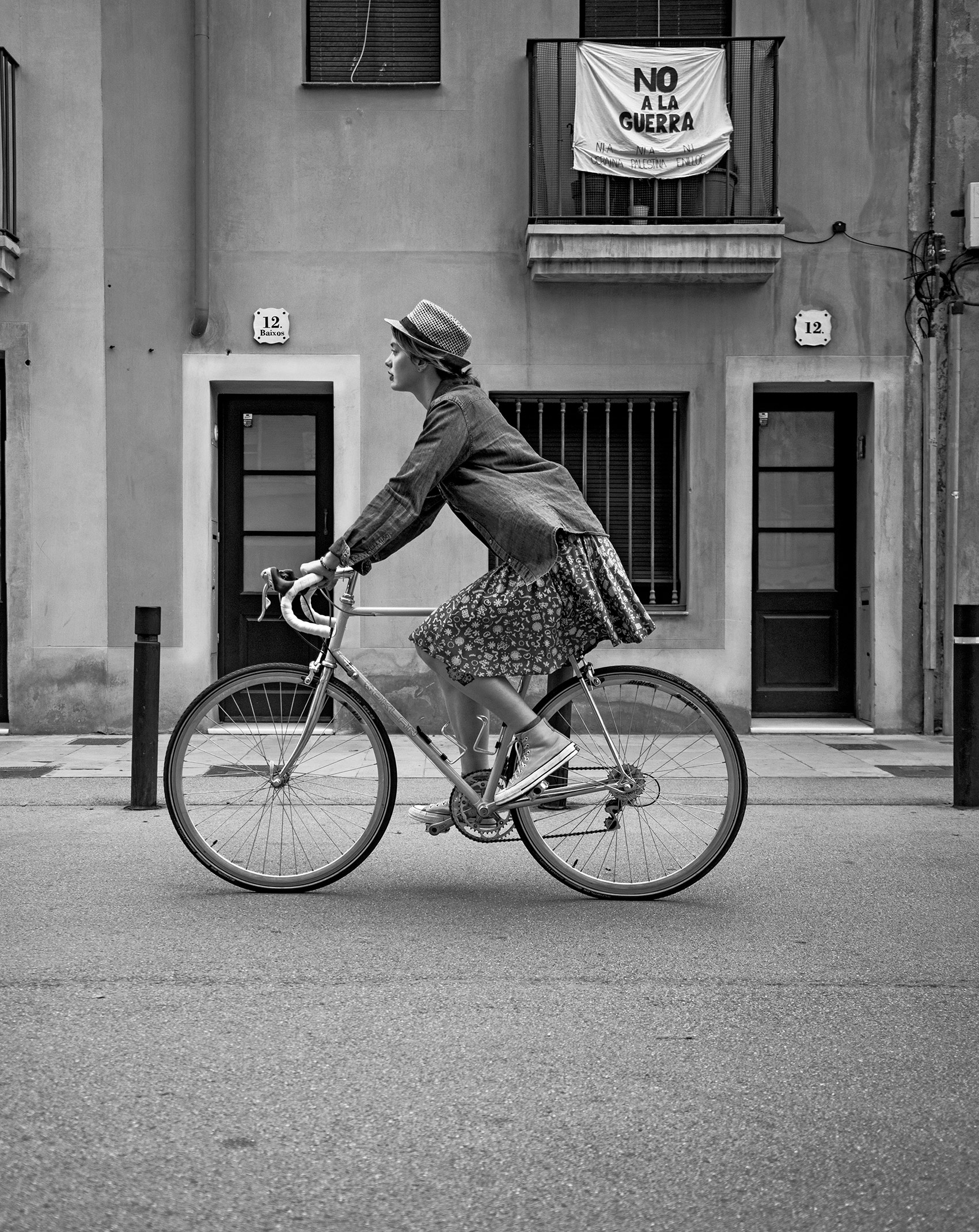
Every single one of us has the power to change something. You can take a bike to your work instead of sitting in your car in traffic every day. Photo/Tereza Žofková (Spain)
FACT#2
The choices we make have a profound impact on our planet. Our lifestyles are responsible for an estimated two thirds of global emissions. (Source: UNEP)

Enock in Northern Zambia, where he started Environment Savers of Zambia, a group running local awareness campaigns, tree planting activities, recycling education, and more. Photo/Enock Mwewa (Zambia)

Recycling to help reduce waste. Photo/Obinini Kobby (Ghana)

Coastal clean-up activities in the Philippines. Photo/Carl Berezo (Philippines)

My daughter Lúa in a plastic prison, made from water bottles consumed by our family in a few weeks. This work made us aware of the amount of plastic waste we generate, changing some of our consumption habits. Photo/Maria Fernandez Cabaleiro (Spain)

Wind energy – the future today. Photo/Maria de Jesus Bandeira (Portugal)
FACT#3
How we live, eat and move around matters. By shifting towards more sustainable lifestyles, the world could slash up to 70 per cent of end-use emissions by 2050. (Source: Intergovernmental Panel on Climate Change (IPCC))

Plastic bottles collected from rivers in East Java, Indonesia, exhibited in a museum, as a reminder of how dangerous plastic waste is for river ecosystems. Photo/Ivu Fajar Samsumar (Indonesia)

Love the Earth...embrace life. Photo/Ana Montesinos (Spain)

Teachers for Future engage their youngest students in speaking up for climate action. Photo/Teachers for Future (Spain)

Living to take care of our Mother Earth. Photo/Rahmad Himawan (Indonesia)
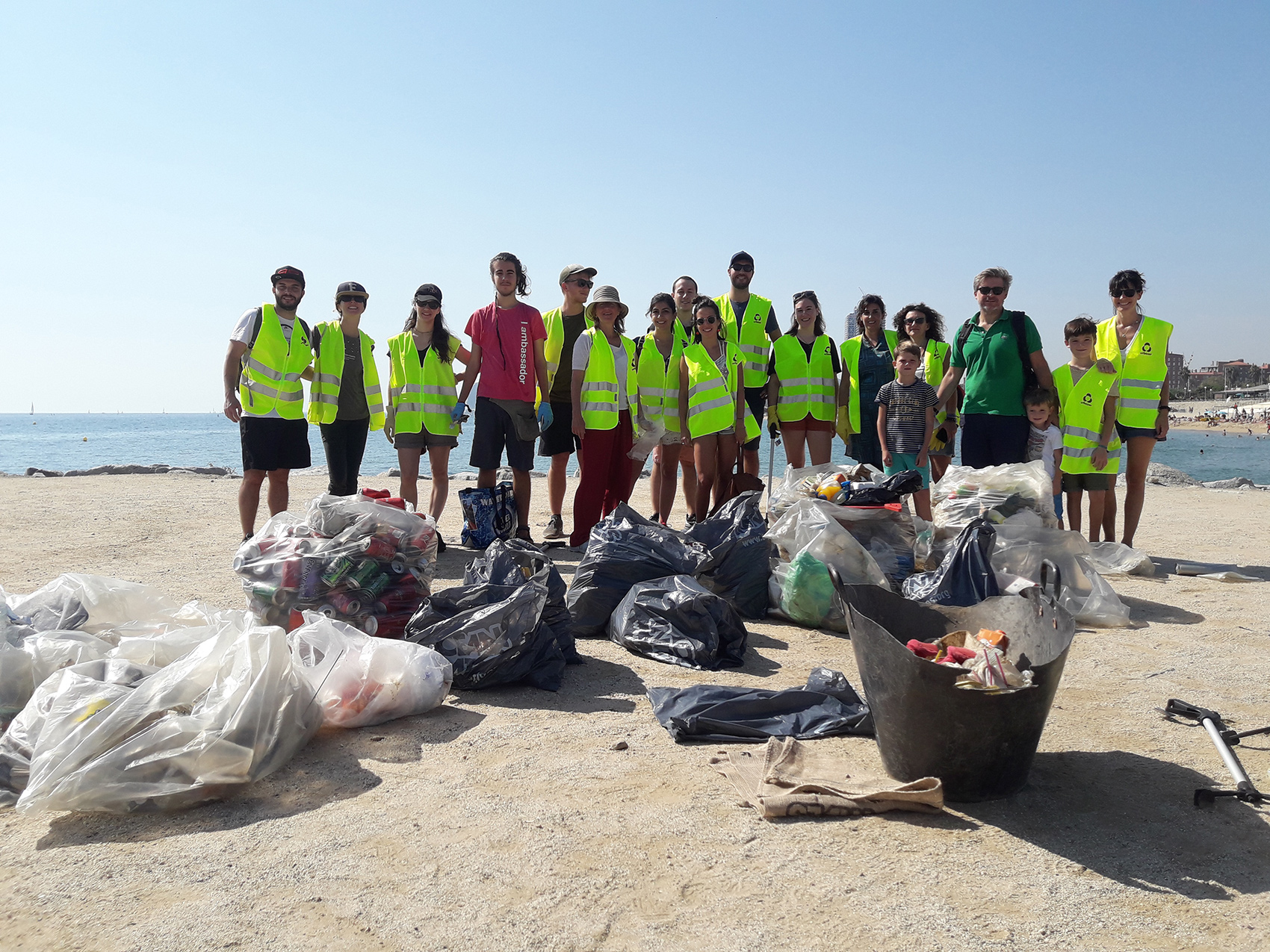
Plastic Attack Barcelona takes action against plastic pollution. Photo/Ricard Rodríguez Parra (Spain)

A volunteer in the National Youth Service Corps that educates and engages youth in Nigeria on sustainability and environmental protection. Photo/Naphtali Akudung (Nigeria)

Local category:
Source: UN DGC
 Welcome to the United Nations
Welcome to the United Nations